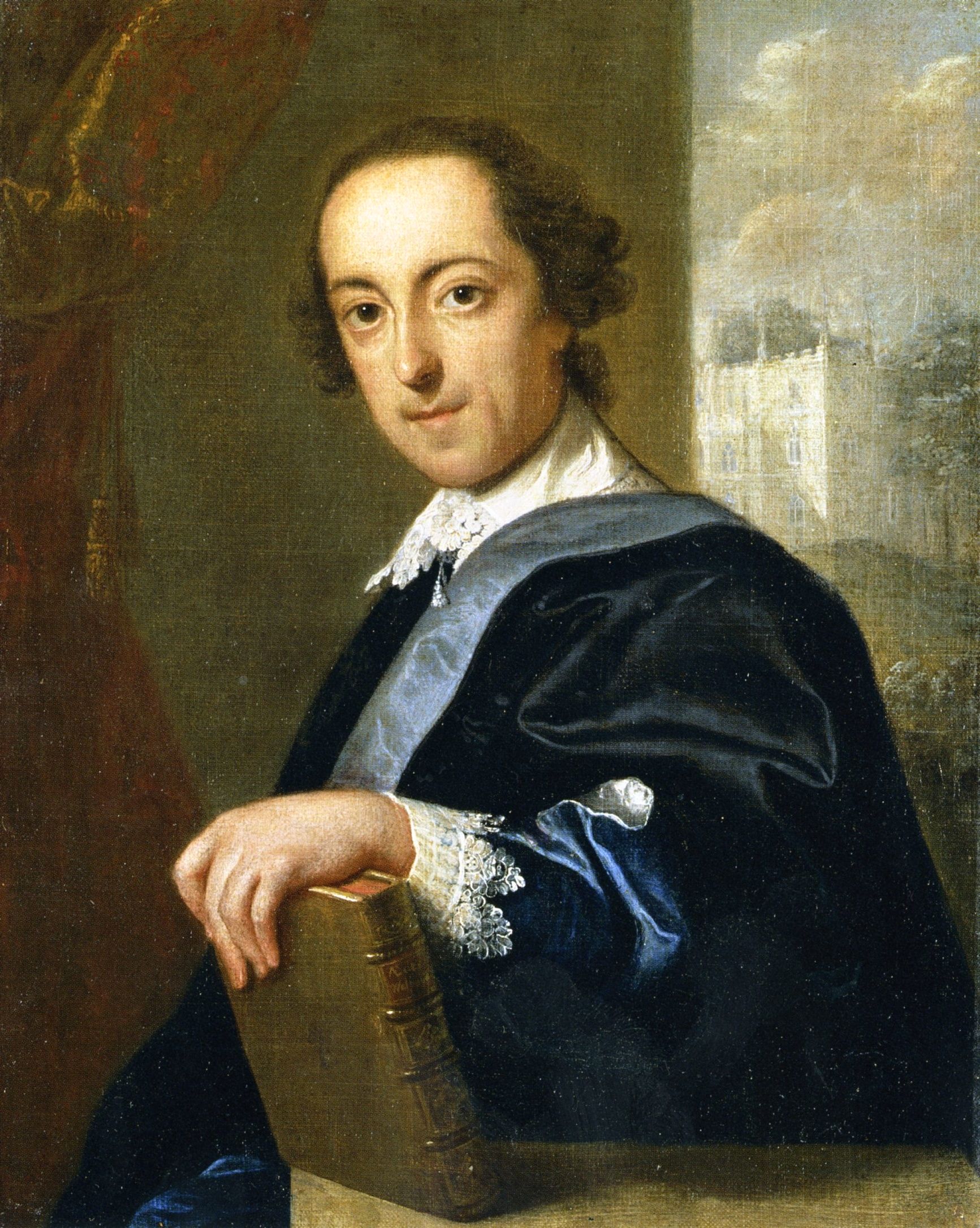HORACE WALPOLE
Horace Walpole (1717-1797) was an English writer and politician, who is mainly known for his short novel The Castle of Otranto (1764) which is considered the first example of the genre of the Gothic novel. Walpole was born in London as the son of Prime Minister Sir Robert Walpole and was educated at Eton College and King’s College in Cambridge, although he did not finish his studies. His father secured some insignificant public positions for him to provide him with an income. In 1739-1740 he performed the customary Grand Tour to France, Switzerland and Italy. After his return he was elected a member of Parliament, a seat which he held for a period of thirteen years. Walpole’s novel The Castle of Otranto was published anonymously in 1767, as a translation of an imaginary Italian manuscript. The second edition bore the subtitle ‘A Gothic story’, which became the indication for a type of fantastic romance with supernatural interventions, suspense, labyrinthine buildings, ladies in distress, and psychological tension. It stimulated the taste of ‘black Romanticism’, which began especially at the end of the 18th century. Other writers exploring this literary vogue were William Beckford, with his short novel Vathek, Jacques Cazotte (Le diable amoureux), and Jean Potòcki (Manuscrit trouvé à Saragosse), and Max Klinger. These novels prefigured the dark side of later Romantic trends in English literature.
The fragments:
Beside The Castle of Otranto, Walpole published several non-fictional works, and the small collection of stories titled Hieroglyphic tales (1785). The book is ironically presented by an anonymous author as based on an ancient manuscript and contains six fantastic stories, which reveal how Walpole was inspired by the orientalist vogue and, more specifically, the Thousand and one nights. Particularly the story ‘A new Arabian nights entertainment’ of course refers to the Nights, and contains several Oriental motifs, although it parodies British society. The story ‘Mi Li. A Chinese fairy tale’ shows the Chinese component of European orientalism. It may be argued that this story illustrates the connection between the orientalism and the Thousand and one nights on the one hand and Gothic literature and Romanticism on the other hand. Although in the second half of the 18th century the realist novel became dominant, this fantastic literature, derived from the Oriental tale, represented a strong undercurrent in European literature which returned to the surface in 19th century Romanticism.

Sources/references:
R.W. Ketton-Cremer, Horace Walpole: a biography, Methuen, London 1964.
Peter Sabor (ed.), Horace Walpole: the critical heritage, Routledge, London 1987.
Martha Pike-Conant, The Oriental tale in England in the eighteenth century, Octagon, New York 1966.
David Punter/ Glennis Byron, The Gothic, Blackwell, Malden etc. 2004.
Weblinks:
http://www.gutenberg.org/author/Walpole,+Horace (Project Gutenberg)
http://archive.org/ (Internet Archive)
http://librivox.org/author/4690 (Libri Vox)